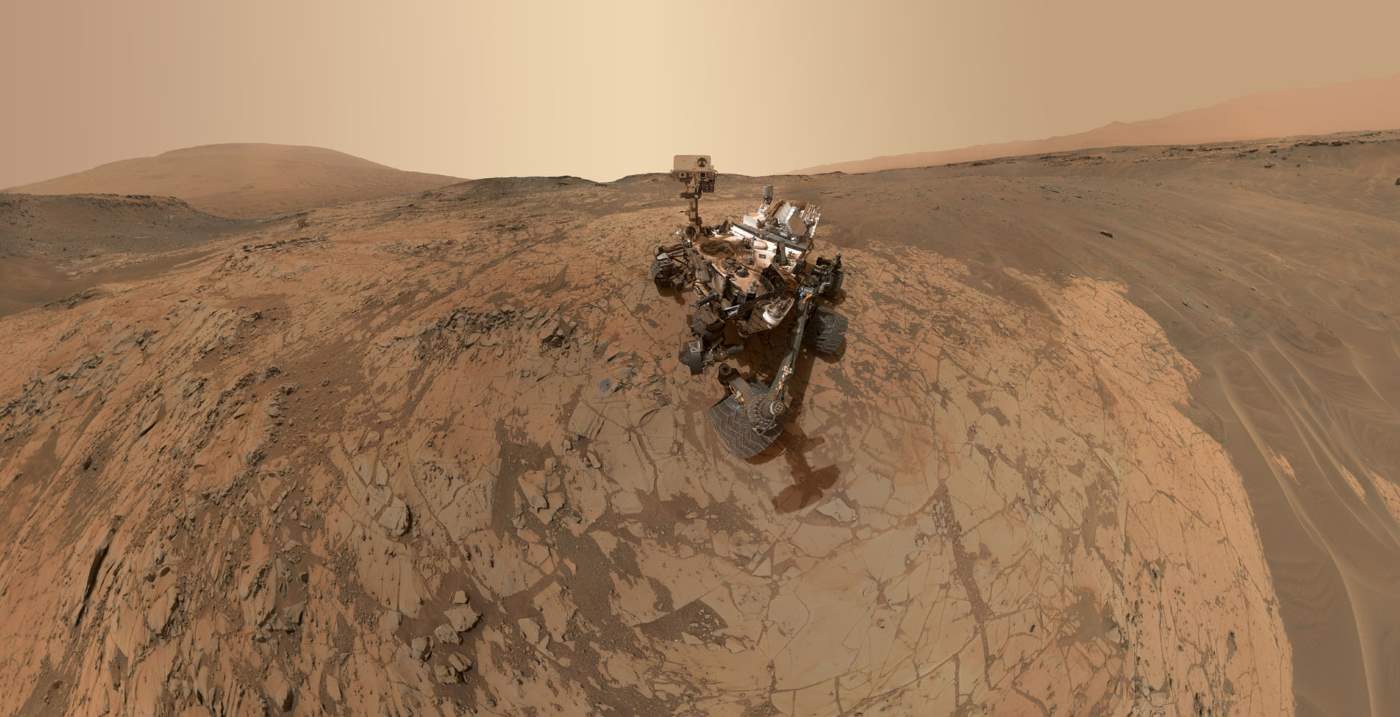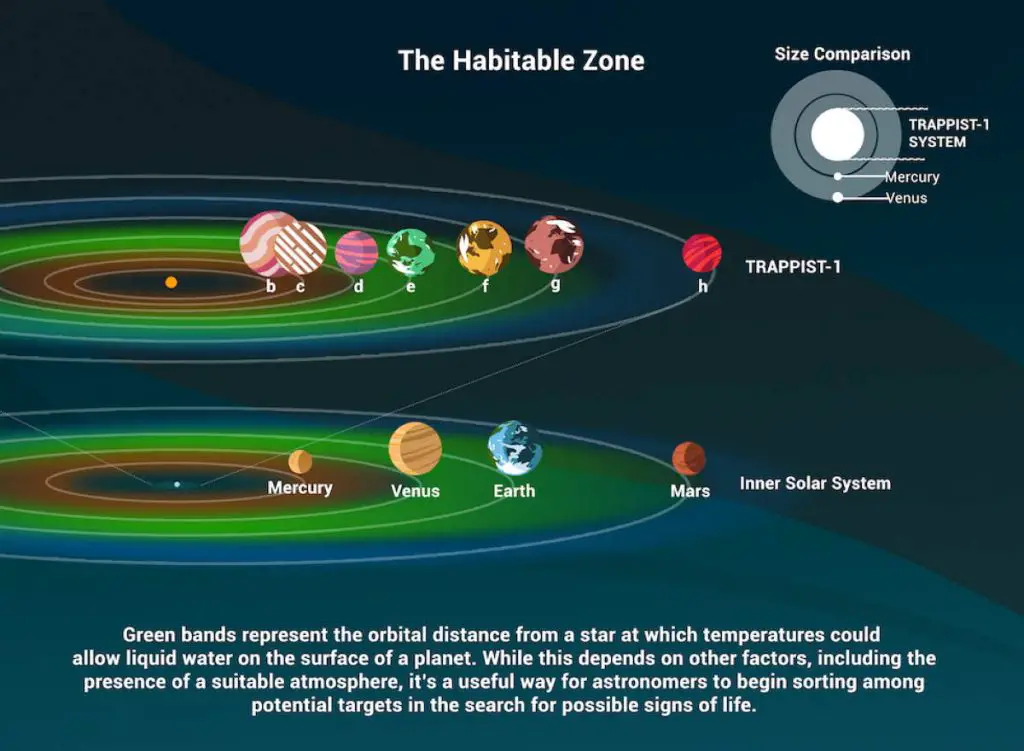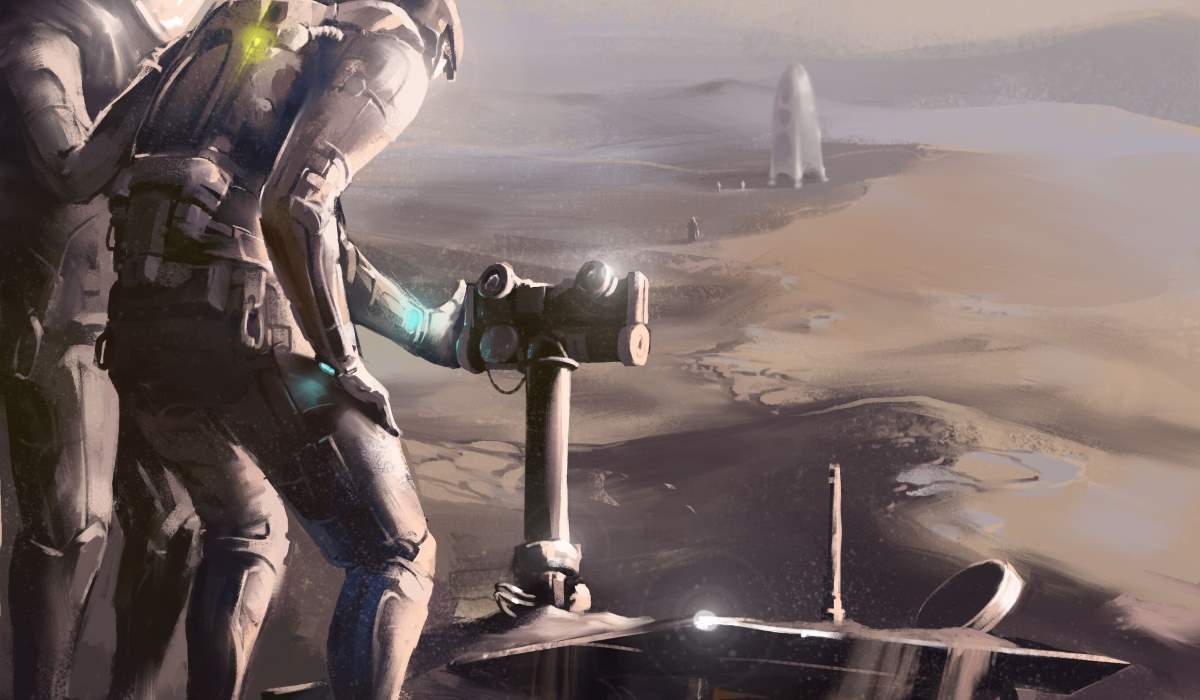Today is the last day of the 2010s – and what a decade it has been for space science and space exploration! Here is a timeline of the top 20 major (and exciting!) advances in space science in the 2010s.
1. NASA’s Curiosity Rover landed on Mars (August 2012)
Launched on November 26, 2011, NASA’s Curiosity Mars lander has landed on Aeolis Palus in Gale Crater on Mars on August 6, 2012.
The rover’s primary goal was to determine if Mars was ever able to support microbial life, as well as determining the role of water, and to study the climate and geology of Mars. It contributed a lot of scientific discoveries about the red planet, and as of December 31, 2019, the car sized-rover has been on Mars for 2631 sols (2702 days) and is still operational.
2. Voyager 1 became the first human-made object to enter interstellar space (August 2012)
Launched on September 5, 1977, NASA’s Voyager 1 space probe became the first human-made object to cross the heliopause, leave the solar system, and enter the interstellar medium on August 25, 2012.
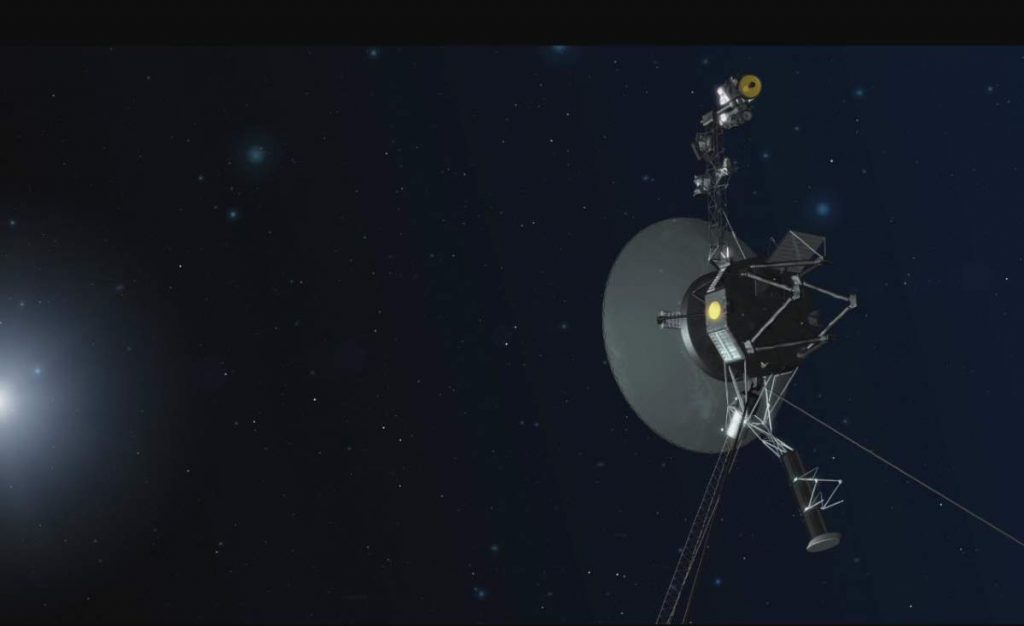
3. ESA’s Gaia spacecraft was launched (December 2013)
Launched on December 19, 2013, Gaia is a space observatory of the European Space Agency (ESA) designed for astrometry: measuring the positions and distances of stars with unprecedented precision. The mission aims to construct the largest and most precise 3D space catalog ever made, totaling approximately 1 billion astronomical objects, mainly stars, but also planets, comets, asteroids, and quasars among others.
So far, the spacecraft has created the most accurate and detailed map of the Milky Way galaxy (and beyond) to date.
In April 2018, ESA’s Gaia Observatory released its second data catalog, which includes the distances to over 1.3 billion stars. This information is so revolutionary and it’ll help us to understand the universe like never before. To understand why and how see: The Milky Way as You’ve Never Seen It Before
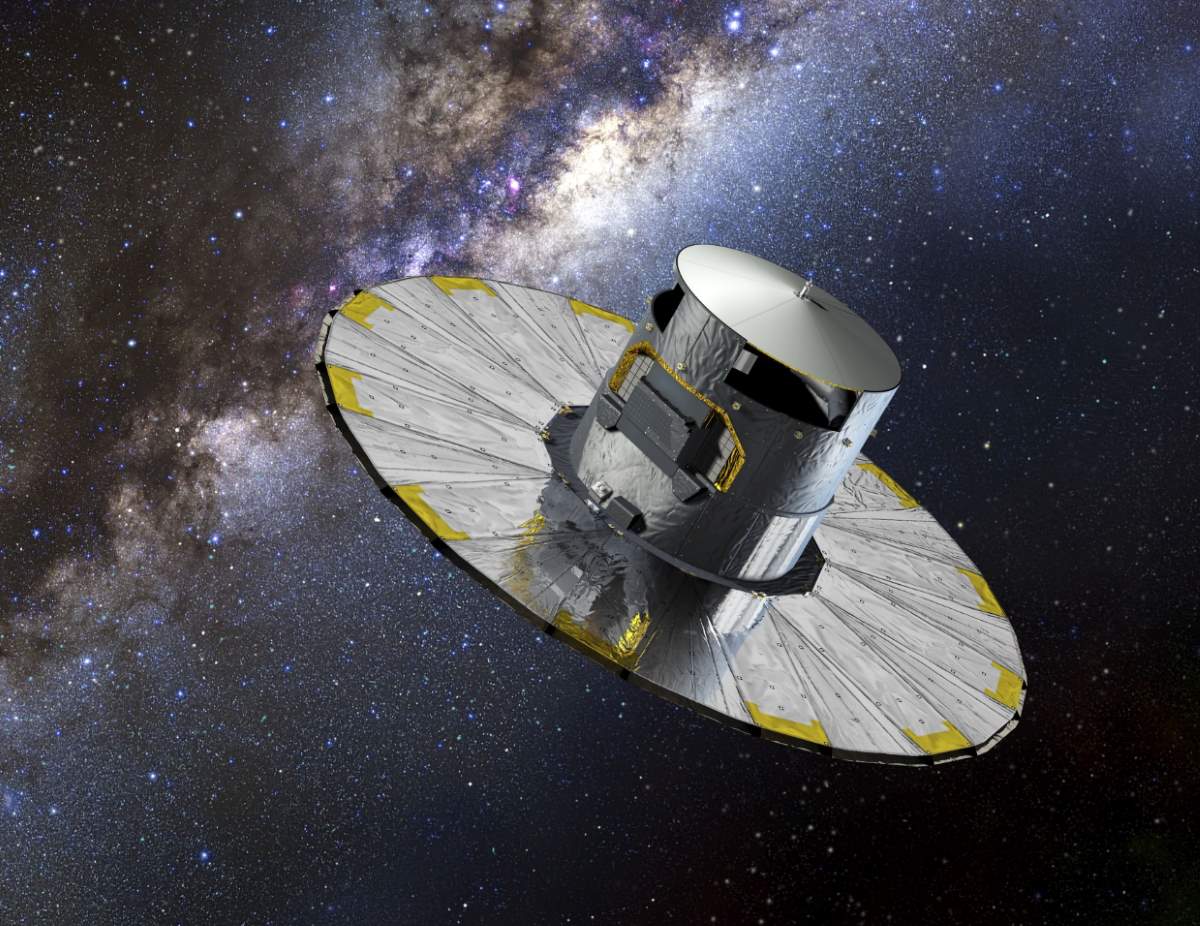
4. The first “soft” touchdown to a comet: Philae lander (November 2014)
One of the most exciting advances in space science in the 2010s: ten years and eight months after departing Earth, On November 12, 2014, European Space Agency’s (ESA) Philae lander that accompanied the Rosetta spacecraft touched down on the Comet 67P/Churyumov-Gerasimenko. After bouncing off the surface twice, Philae achieved the first-ever “soft” (non-destructive) landing on a comet nucleus.
Rosetta spacecraft also became the first to orbit a comet.
5. New Horizons’ Pluto Flyby (July 2015)
Launched on January 19, 2006, NASA’s New Horizons space probe made the first-ever flyby of Pluto by a spacecraft in July 2015, snapping pictures of its colorful, crackling surface.
On January 1, 2019, New Horizons also made a flyby of a Kuiper belt object named Arrokoth (formerly known as Ultima Thule).

6. The first direct observation of gravitational waves (September 2015)
On 11 February 2016, the LIGO (the Laser Interferometer Gravitational-Wave Observatory) and Virgo Scientific Collaboration announced they had made the first direct observation of gravitational waves that originated from the merging of a binary black hole system. The observation was made five months earlier, on 14 September 2015, using the Advanced LIGO detectors.
On October 16, 2017, LIGO also detected gravitational waves from two (binary) neutron stars merger.
7. The first successful landings of the first stages of orbital rockets (SpaceX) (December 2015, April 2016)
On December 22, 2015, the first stage of an orbital rocket made a successful return and vertical landing for the first time in the history of space exploration (SpaceX’ Falcon 9 flight 20).
April 8, 2016, was another historic day that marked a new milestone on humanity’s space adventure: after delivering CRS-8 cargo on its way to the International Space Station, SpaceX Falcon 9 Flight 23, the third flight of the full-thrust version landed vertically on the drone ship Of Course I Still Love You over the Atlantic ocean, 300 km from the Florida coastline.
8. The discovery of habitable-zone TRAPPIST-1 system planets (February 2017)
The star we today call TRAPPIST-1 was first discovered in 1999 by astronomer John Gizis and colleagues. At that time, the ultra-cool dwarf star got the unwieldy name 2MASS J23062928-0502285, because it was spotted with the Two Micron All-Sky Survey (2MASS).
Then in May 2016, scientists announced they had found three planets around this star using the Transiting Planets and Planetesimals Small Telescope (TRAPPIST) in Chile – hence the name (the observations were made from September to December 2015).
Later, Astronomers using NASA’s Spitzer Space Telescope and ground-based telescopes discovered that the system has actually seven planets. Three of these planets are in the theoretical “habitable zone,” the area around a star where rocky planets are most likely to hold liquid water. This landmark finding was announced on February 22, 2017.
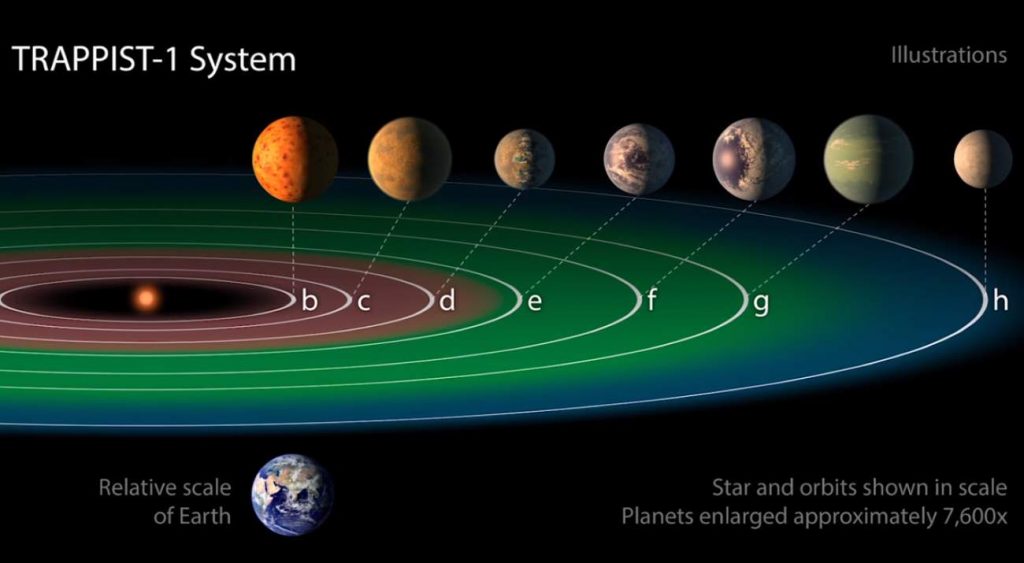
9. Cassini’s grand finale (September 2017)
The Cassini-Huygens mission was launched on October 15, 1997, and Cassini was active in space for nearly 20 years, with 13 years spent orbiting Saturn and studying the planet and its system (Huygens was the lander that landed on Saturn’s moon Titan, the largest moon of Saturn and the second-largest natural satellite in the Solar System, on January 14, 2005 – it was the first landing on a moon other than Earth’s Moon).
Cassini was destroyed by diving into Saturn‘s atmosphere on September 15, 2017. This method of disposal was planned to avoid potential biological contamination of Saturn’s moons, since Titan, Enceladus, and other icy moons of Saturn may harbor oceans and alien life.
10. The first interstellar object ever detected in our Solar System (October 2017)
On 19 October 2017, the first known interstellar object was detected passing through the Solar System, 40 days after it passed its closest point to the Sun. The object was named ‘Oumuamua. The name comes from Hawaiian ‘ou.mua.mua, meaning “scout”, (from ‘ou, meaning “reach out for”, and mua, reduplicated for emphasis, meaning “first, in advance of”).
Unfortunately, it was first observed, it was about 33 million kilometers (21 million mi; 0.22 AU) from Earth (about 85 times the distance between the Earth and the moon), and already heading away from the Sun.
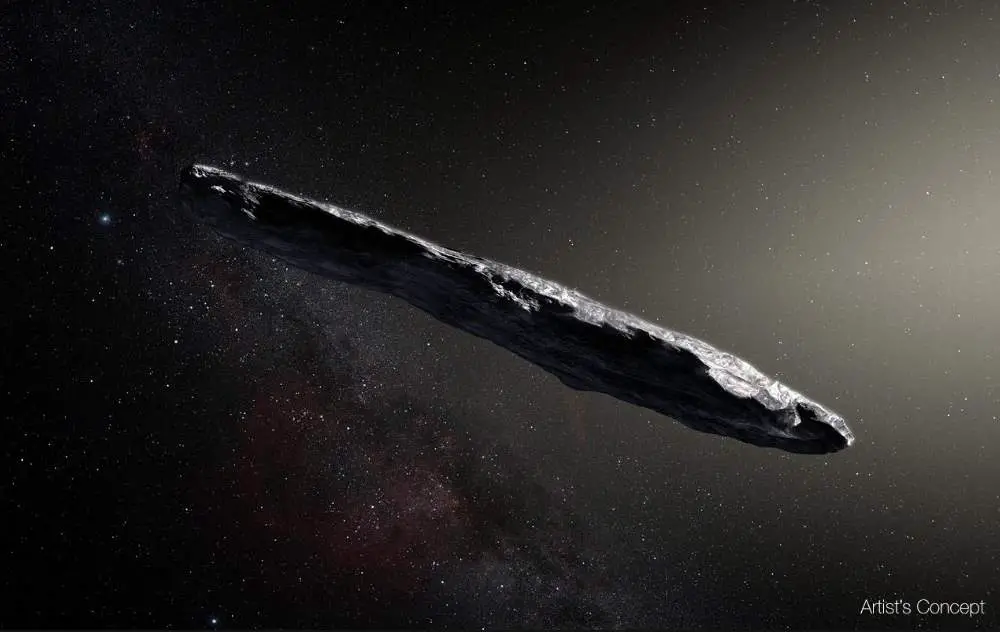
11. Falcon Heavy Test Launch (February 2018)
The first test flight of SpaceX’ Falcon Heavy was launched on February 6, 2018. When it lifted off, the rocket that may one day carry humans to the Moon or Mars became the most powerful operational rocket in the world by a factor of two.
12. NASA’s Parker Solar Probe was launched (August 2018)
NASA’s Parker Solar Probe was launched on August 12, 2018, with the mission of repeatedly probing and making observations of the outer corona of the Sun
It also became the first NASA spacecraft named after a living person, honoring physicist Eugene Parker (born June 10, 1927), professor emeritus at the University of Chicago. Parker developed the theory of the supersonic solar wind and predicted the Parker spiral shape of the solar magnetic field in the outer Solar System in the mid-1950s.
He also proposed that the solar corona might be heated by myriad tiny “nanoflares”, miniature brightenings resembling solar flares that would occur all over the surface of the Sun, in 1987.
Parker Solar Probe’s mission has returned unprecedented data from near the Sun, culminating in new discoveries published on Dec. 4, 2019, in the journal Nature. Among the findings are new understandings of how the Sun’s constant outflow of material, the solar wind, behaves. Seen near Earth – where it can interact with our planet’s natural magnetic field and cause space weather effects that interfere with technology – the solar wind appears to be a relatively uniform flow of plasma. But Parker Solar Probe’s observations reveal a complicated, active system not seen from Earth.
13. NASA’s InSight lander reaches Mars (November 2018)
NASA’s InSight Mars Lander (Interior Exploration using Seismic Investigations, Geodesy, and Heat Transport – InSight) was launched on 5 May 2018 at 11:05 UTC aboard an Atlas V-401 rocket. It traveled 483 million kilometers (300 million miles) in almost six months and successfully landed at Elysium Planitia on Mars on 26 November 2018 at 19:52:59 UTC.
It is the first outer space robotic explorer to study in-depth the “inner space” of Mars: its crust, mantle, and core. Studying Mars’ interior structure answers key questions about the early formation of rocky planets in our inner solar system – Mercury, Venus, Earth, and Mars – more than 4 billion years ago, as well as rocky exoplanets. InSight also measures tectonic activity and meteorite impacts on Mars today.

14. New Horizons visits Arrokoth, the farthest object visited by a spacecraft (January 2019)
On January 1, 2019, NASA’s New Horizons space probe, after completing its primary mission (Pluto flyby), performed a flyby to the Kuiper Belt object named Arrokoth (formerly known as Ultima Thule), when the spacecraft was 43.4 AU from the Sun.
Arrokoth was discovered on 26 June 2014, more than eight years after the launch of New Horizons, by astronomers using the Hubble Space Telescope as part of a search for a Kuiper belt object for the New Horizons mission to target in its first extended mission.
Arrokoth was named for a word glossed as “sky”, from the Powhatan language of the Tidewater region of Virginia and Maryland.
It is a contact binary 36 km (22 mi) long, composed of two planetesimals 22 km (14 mi) and 15 km (9 mi) across.
15. China Puts a lander on the far side of the Moon (January 2019)
On January 3, 2019, China’s lunar lander and rover Chang’e 4 achieved the first soft landing on the far side of the Moon in history. It’s a space feat no nation or space agency (including NASA) has accomplished until now.

16. Opportunity’s farewell (February 2019)
On June 12, 2018, NASA’s Opportunity Mars Rover, which landed on Mars on January 25, 2004, entered hibernation due to a huge dust storm.
On January 26, the mission team announced a plan to begin broadcasting a new set of commands to the rover in case its radio receiver failed.
More than 835 recovery commands were transmitted over the next 11 days, but no response was generated, and after a final attempt to make contact on February 12, NASA officials held a February 13 press conference to declare an official end to the mission.
17. The first asteroid sampling touchdown by the Japanese spacecraft (February 2019)
Launched on 3 December 2014, Japanese Space Agency’s Hayabusa2 spacecraft rendezvoused with near-Earth asteroid 162173 Ryugu on 27 June 2018. After surveying the asteroid for a year and a half, its first surface sample retrieval was conducted on 21-22 February 2019.
The spacecraft descended and approached the surface of the Ryugu. When the sampler horn attached to Hayabusa2’s underside touched the surface, a projectile (5-gram tantalum bullet) was fired at 300 m/s into the surface. The resulting ejecta particles were collected by a catcher at the top of the horn.
Hayabusa2 performed a second touchdown to collect a sample from asteroid Ryugu on 11 July 2019.
The Japanese spacecraft is expected to return to Earth in late 2020.
NASA also launched an asteroid study and sample-return mission: OSIRIS-REx. Launched on September 8, 2016, the spacecraft is currently orbiting asteroid Bennu (a potentially hazardous asteroid that could one day threaten Earth) and will spend two years mapping it before collecting a sample and returning to Earth in 2023.
18. The first image of a black hole (April 2019)
The EHT (Event Horizon Telescope) captured an image of the nearby elliptical galaxy Messier 87’s (M87’s) supermassive black hole in the center of the Virgo galaxy cluster, 53 million light-years away. It was revealed on April 10, 2019, in multiple press conferences around the world.


19. The second interstellar visitor of our Solar System: Comet C/2019 Q4 (Borisov) (August 2019)
The second interstellar visitor of our Solar System ever discovered, Comet C/2019 Q4 (Borisov) was discovered by the Crimean astronomer and veteran comet hunter Gennady Borisov at the Crimean Astrophysical Observatory discovered C/2019 Q4 on August 30, 2019, using his custom-built 0.65-meter telescope.
It is the first known interstellar comet ever identified. ‘Oumuamua, the first interstellar “rock” ever discovered was an asteroid-like object.
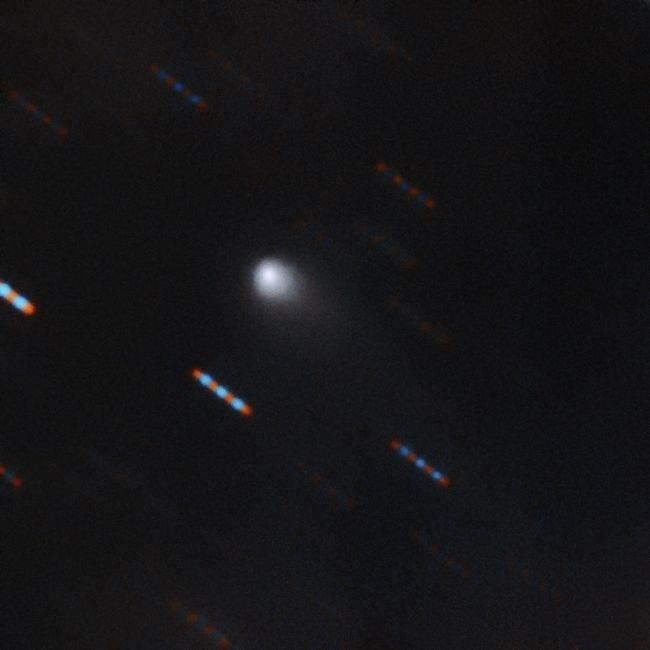
20. The first all-female spacewalk was performed by the NASA astronauts (October 2019)
On October 18, 2019, NASA astronauts and ISS Expedition 61 Flight Engineers Christina Koch and Jessica Meir have completed the first-ever all-female spacewalk in the history of space exploration.
During the 7-hour, 17-minute spacewalk, the Koch and Meir completed the replacement of a failed power charging component, also known as a battery charge-discharge unit (BCDU).
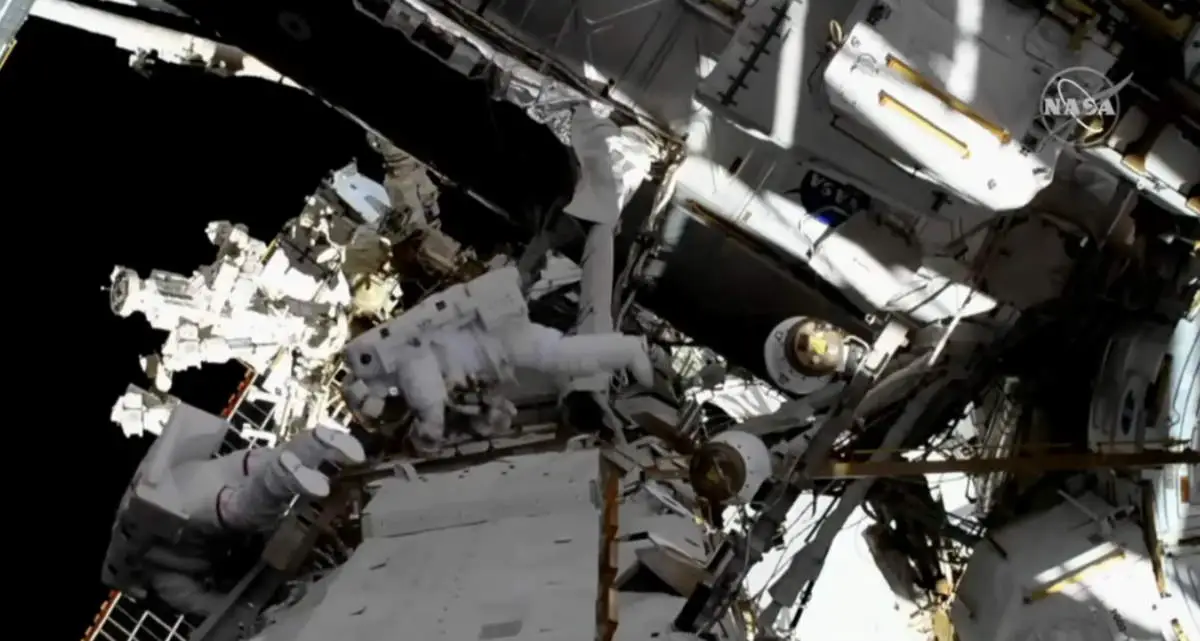
Sources
- Curiosity Rover on NASA’s Mars Exploration Program website
- Philae lander on Wikipedia
- Gravitational-wave on Wikipedia
- Falcon 9 flight 20 on Wikipedia
- ESA Gaia mission webpage
- Gaia spacecraft on Wikipedia
- ‘Oumuamua on Wikipedia
- Cassini-Huygens on Wikipedia
- Hayabusa2 on Wikipedia
- OSIRIS-REx mission page on the NASA website
- Eugene Parker on Wikipedia
- 10 Things: All About TRAPPIST-1 on the NASA website
- 486958 Arrokoth on Wikipedia
- Space Shuttle Endeavour’s Touchdown Meets Columbia’s Salute [An amazing photo from the past] - February 29, 2024
- Moon Landings: All-Time List [1966-2024] - February 23, 2024
- From Orbit to Ordinary: 10 Earthly Applications of Space Technology - January 23, 2024
